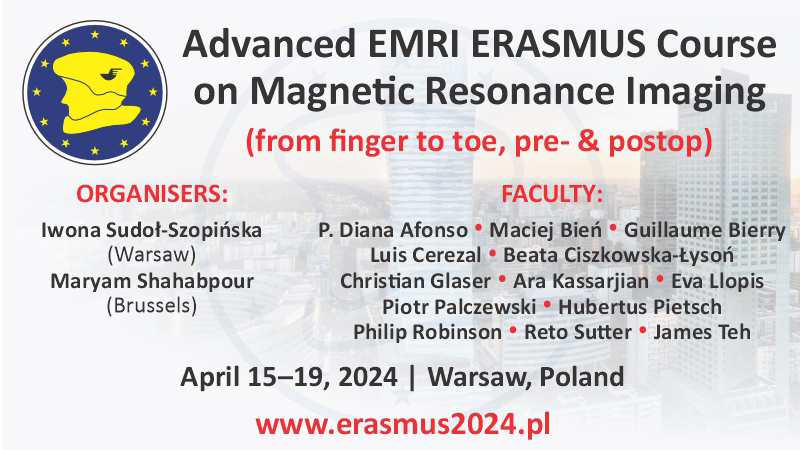Doppler ultrasound appearance of neck tumors
 Affiliation and address for correspondence
Affiliation and address for correspondenceAim: The purpose of this study was the evaluation of the sonographic appearance of neck tumors and determining the features useful in differential diagnosis. Material and method: The studied group consisted of 57 patients: 16 patients with carotid body tumors, 9 patients with neurogenic tumors, 8 patients with venous anomalies, 12 patients with neck cysts, 6 patients with lipomas, 5 patients with extracranial carotid artery aneurysms and 1 with a laryngocele. Results: All carotid paragangliomas were located within the carotid bifurcation and demonstrated rich low-resistance vascular flow, with higher maximum velocity and lower flow resistance parameters registered in the ipsilateral external carotid artery. In 7 out of 9 cases, neurogenic tumors were homogeneous, and in the remaining 2 cases – heterogeneous. Four schwannomas were hypervascular or showed moderate vascularity, and the rest of neurogenic tumors were hypovascular or avascular, with symmetrical maximum velocity and resistance values of carotid blood flow. Apart from one branchial cleft cyst with multiple fine internal acoustic reflexes, all other neck cysts were anechoic and avascular, and presented with posterior acoustic enhancement. The laryngocele presented as a well-demarcated, hypoechoic, homogeneous lesion located in the immediate proximity of the larynx, without signs of internal vascular flow. Lipomas were well-demarcated, homogeneous, hypoechoic tumors with regular margins, without signs of internal vascular flow. Venous malformations presented as irregular, hypoechoic spaces with venous blood flow, easily compressed by the probe. Extracranial carotid artery aneurysms were hypoechoic, well-defined spaces, which presented with slow internal, turbulent flow on Doppler study, and showed continuity with the carotid artery. Conclusions: Doppler ultrasound allows to visualize features characteristic for certain neck tumors. Solid or cystic structure, echogenicity, localization, as well as internal flow signals and vascularity pattern create a combination of ultrasound findings helpful in the differential diagnosis of lesions such as paragangliomas, venous malformations, neurogenic tumors, aneurysms, cysts and laryngoceles.






